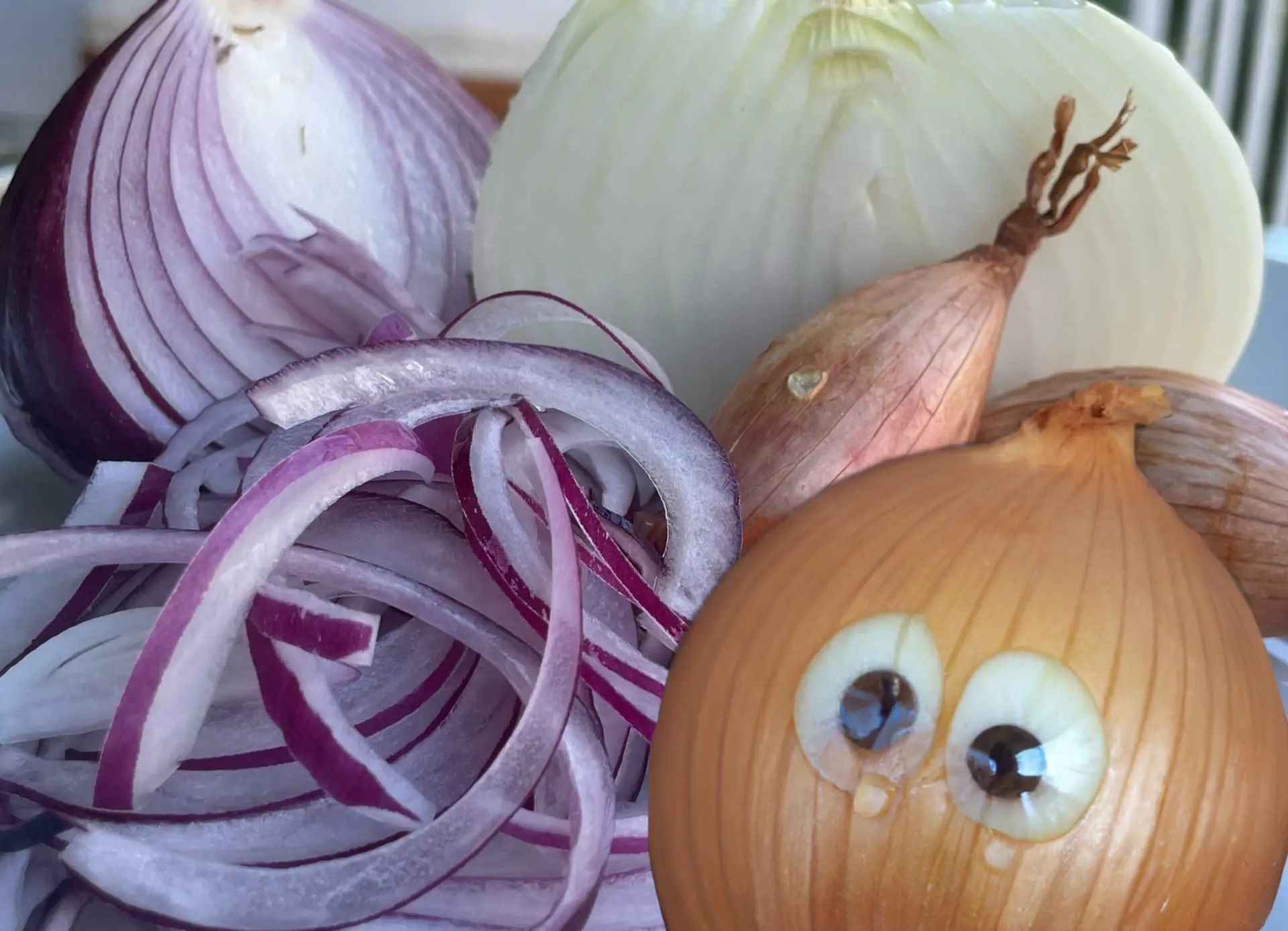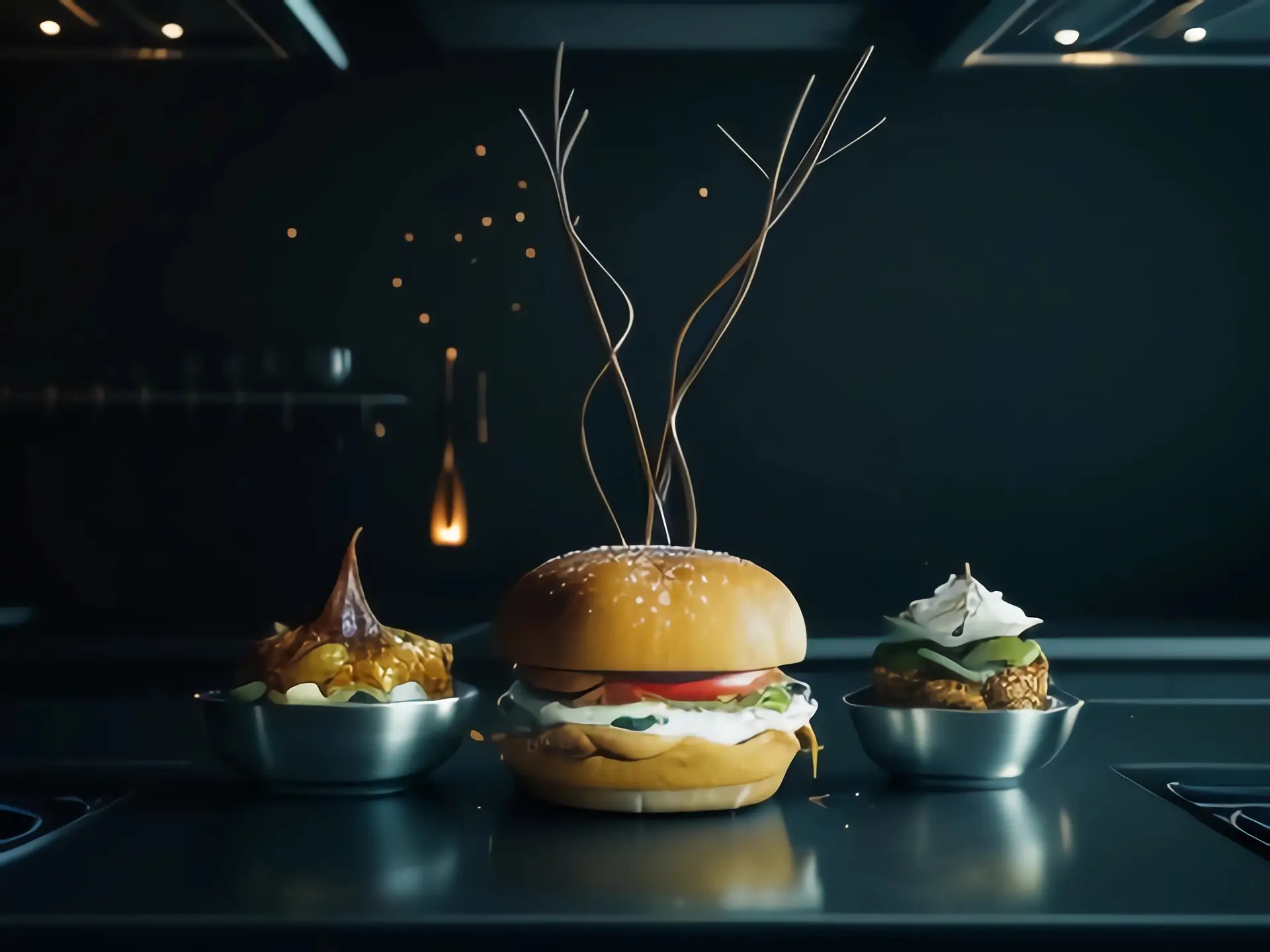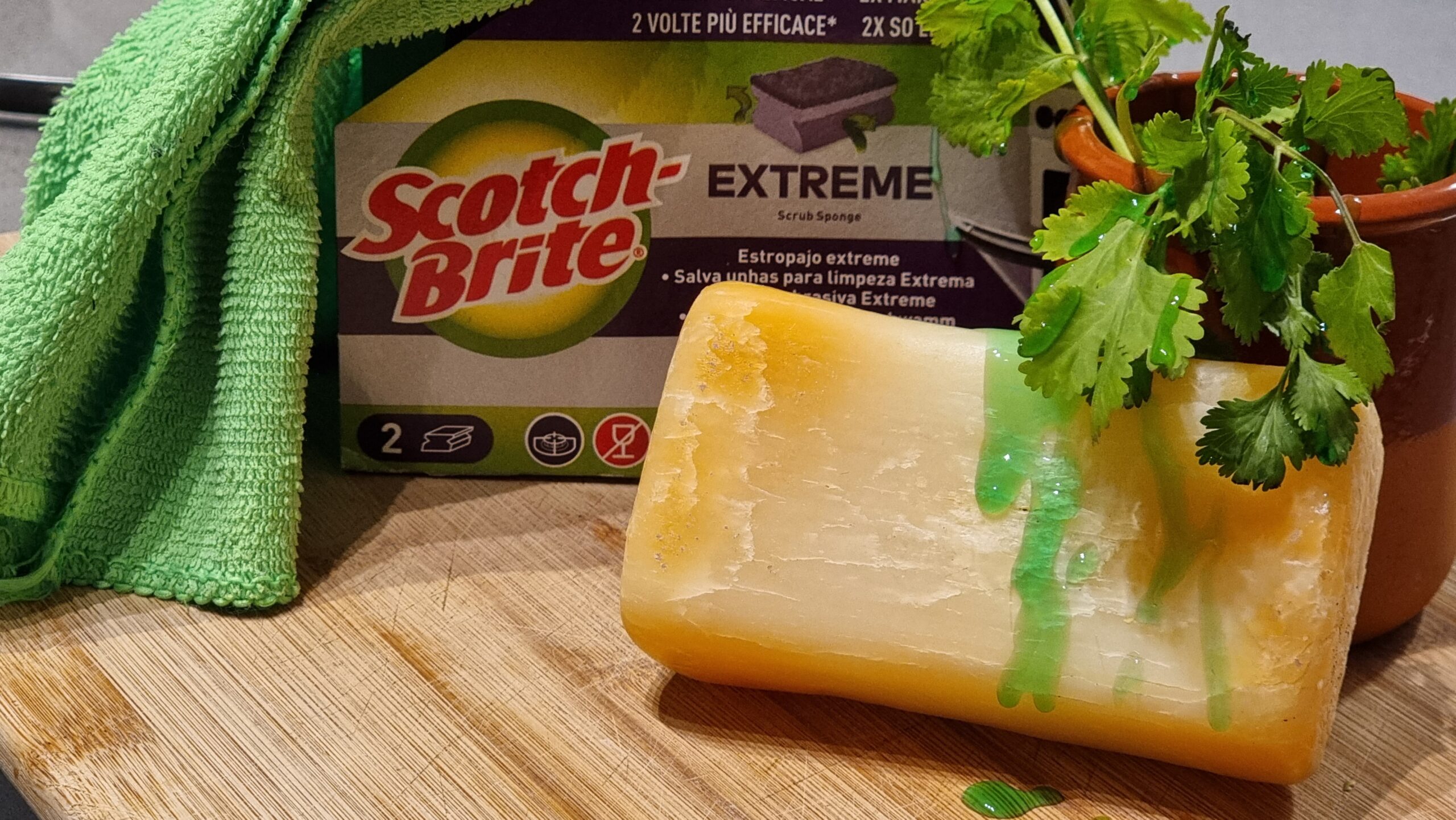Why is meat tastier near the bone when we cook it?
We’ve all heard this axiom that “meat is sweeter near the bones”. We can take this remark with a particle of sugar because the word sweet is really overused and misused in the gastronomic jargon. It is generally used to mean pleasant tasting and not meant to be taken literally. Perhaps that’s because out of our fundamental tastes (you already know my views on this topic!) sweetness is the one that gives us the most pleasure. Nevertheless, the meat near the bone really is tastier for several reasons.
First, we must have studied that solids are better conductors of heat than water, according to this point bones must conduct heat faster to the meat than air (unless you’re cooking underwater, or braising) which means that meat near the bones must cook faster than the rest, but actually, that’s not the case. Bones consist of living cells embedded in a mineralized organic matrix. This matrix consists of organic components, mainly type I collagen— “organic” referring to materials produced as a result of the human body—and inorganic components, primarily hydroxyapatite and other salts of calcium and phosphate, the main point here to note is that it has a matrix form and that is there is the presence of air and as we all know the air is not a good conductor of heat (baking is a really slow process!). So, in total, if we calculate the conduction of heat to the meat near the bone, it is receiving less energy than the exterior so that means meat close to the bone is rarer than the rest, and rarer the meat the more juicier and more flavorful it is.

Second, the presence of tendons and other connective tissues that anchor the meat to the bone also plays a crucial role in the increased perceived and actual juiciness of the meat. The collagen in these tissues break down upon heating and converts into gelatin, a soft protein. Now gelatin has a distinctive property of holding huge amounts of water, upto 10 times of it’s own bulk. So in general whenever there is more collagen -generally next to the bone- results are much favourable and obviously tastier.

Thirdly, meat-near-the-bone effect is more obvious. In such cuts as ribs and chops, there is a lot of fat present near the bones. So when you’re eating alone or no one’s noticing you, you’re gnawing on the bones like a dog, you can’t help but get a large dose of fat. And much to our regret and that of our arteries, highly saturated animal fat is just delicious.






